Rate cut might be contemplated in the second half of FY25: Care Edge
RBI Monetary policy June 2024 date: The Reserve Bank of India (RBI) gears up for monetary policy announcement on Friday, at the backdrop of stronger-than-anticipated economic growth and specific economic pressures, according to Care Edge report.
)
RBI Monetary policy June 2024 date: The Reserve Bank of India (RBI) gears up for monetary policy announcement on Friday, at the backdrop of stronger-than-anticipated economic growth and specific economic pressures, according to Care Edge report. The monetary policy committee (MPC) meeting started yesterday amid expectation of no change in policy rates because of higher inflation and geo-political tensions.
The Ministry of Statistics and Programme Implementation (MOSPI) estimates GDP growth at 8.2 per cent, driven by robust investment demand. Gross Fixed Capital Formation (GFCF) has surged by 9 per cent in FY24, highlighting the investment boom.
The manufacturing sector demonstrated a remarkable turnaround, growing by 9.9 per cent in FY24 after a contraction of 2.2 per cent in the previous year. The services sector, which holds the largest share of India's gross value added (GVA), maintained strong momentum with a 7.6 per cent growth rate.
Key contributors included financial services, real estate, professional services, and public administration.
High-frequency indicators, such as GST collections, E-way bills, credit growth, and passenger vehicle sales, further underpin this economic momentum. The labour market has shown signs of improvement, with the unemployment rate declining. Data from the Centre for Monitoring Indian Economy (CMIE) reveals an all-India unemployment rate averaging 7.5 per cent in Q4 FY24, down from 9 per cent in Q3 FY24. Both rural and urban areas have experienced improvements, although challenges remain, particularly at the lower end of the economic spectrum.
Despite the overall GDP growth, private consumption has decelerated, raising concerns. The growth rate of private consumption dropped from 6.8 per cent in FY23 to 4 per cent in FY24, marking the slowest pace in two decades, excluding the pandemic year.
However, recovering rural demand and prospects of a good monsoon could boost overall consumption, moderating food inflation and supporting farm income. Headline inflation has eased due to lower core inflation, averaging 4.9 per cent in the first four months of CY24, compared to 5.7 per cent in CY23.
Core inflation has remained below 4 per cent for five consecutive months. However, food and beverages inflation remains high, averaging 7.7 per cent due to double-digit increases in vegetables and pulses.
Sustained inflation in non-perishable food items, like pulses and cereals, raises concerns about broader price pressures. Global commodity prices, especially industrial metals, have risen by approximately 20 per cent in the past three months, adding to inflationary risks.
Geopolitical tensions also pose external risks, potentially impacting supply chains. Nonetheless, government interventions and recent reductions in LPG and fuel prices are expected to mitigate price pressures.
The RBI is likely to maintain its 4.5 per cent inflation projection for FY25, though external analysts project a slightly higher inflation at 4.8 per cent. The external environment remains favourable, with a comfortable current account deficit (CAD) and strong foreign exchange reserves.
While merchandise export growth was modest at 4 per cent in the first four months of CY24, services exports grew by 7.3 per cent.The strong services trade surplus is expected to keep the CAD around 1 per cent of GDP for FY25. The IMF has revised its global growth projections upward, which should support India's export momentum.
Foreign investment inflows have been weak recently, with net direct and portfolio investment inflows contracting. However, portfolio inflows are expected to rise with India's inclusion in global bond indices, potentially bringing in USD 25-30 billion.
The RBI's forex buffer of approximately USD 646 billion will provide a cushion against external shocks. Despite systemic liquidity remaining in deficit, money market conditions have eased since the beginning of the year.
The RBI will continue managing liquidity through various operations to support market conditions, particularly in response to passive inflows from index inclusions. In conclusion, while economic growth remains strong, challenges persist in private consumption and food inflation.
A favourable monsoon could enhance consumption demand and stabilize food prices, though careful monitoring of its distribution is essential. The RBI is expected to maintain the status quo on policy rates to be announced on Friday.
The RBI focus will be on managing liquidity and absorbing incoming dollar inflows due to index inclusion through measures like Open Market Operations (OMO) sales or the Market Stabilisation Scheme (MSS).
Rate cuts might be contemplated in the second half of FY25, once clarity on food inflation risks and the US Fed's policy outlook is achieved. The RBI Governor is expected to emphasize the goal of achieving 4 per cent inflation on a durable basis while ensuring economic growth remains non-inflationary. (ANI)
Get Latest Business News, Stock Market Updates and Videos; Check your tax outgo through Income Tax Calculator and save money through our Personal Finance coverage. Check Business Breaking News Live on Zee Business Twitter and Facebook. Subscribe on YouTube.
RECOMMENDED STORIES

Cheque Bounce Cases: Court imposes fine of Rs 3,03,000 and Rs 1,02,000 on two individuals; check out full details

20 Stocks to Buy for Long Term: Brokerages recommend largecap, midcap, smallcap scrips; note down targets
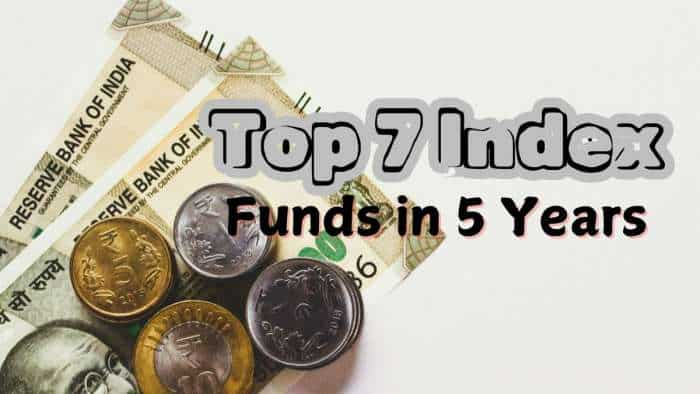
Top 7 Index Mutual Funds With Best SIP Returns in 5 Years: Rs 22,222 monthly SIP investment in No. 1 fund has turned into Rs 26.29 lakh; see details
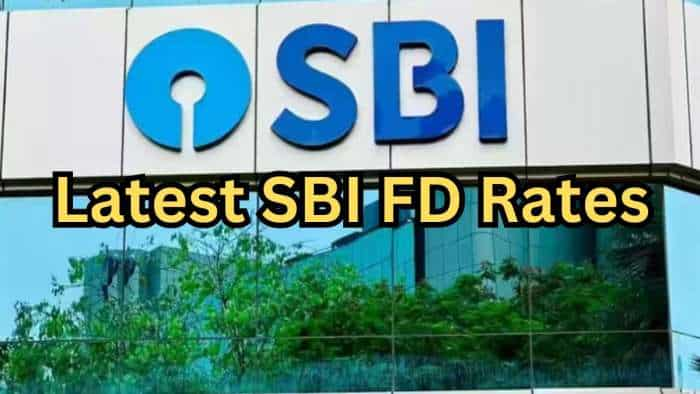
Latest SBI FD Rates: What will you get on Rs 5 lakh investment in SBI Amrit Vrishti, 1,3, and 5-year fixed deposits
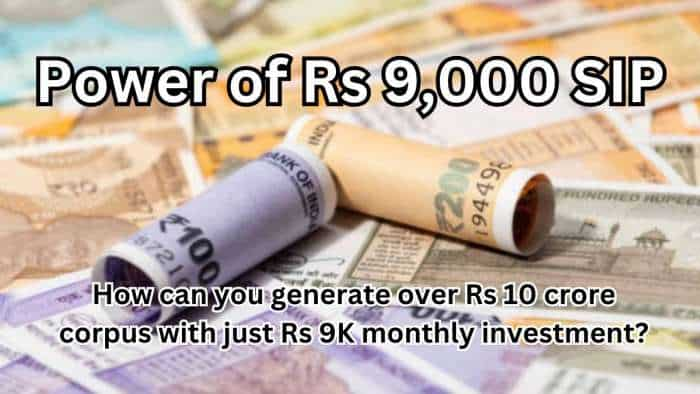
Power of Rs 9,000 SIP: How can you generate Rs 10 crore corpus with just Rs 9,000 monthly investment?
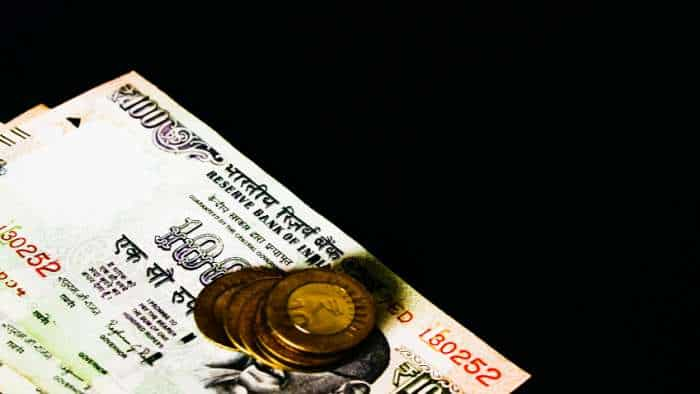
Rs 500 Daily SIP vs Rs 15,000 Monthly SIP: Which can give higher returns in 10, 20, and 30 years? See details
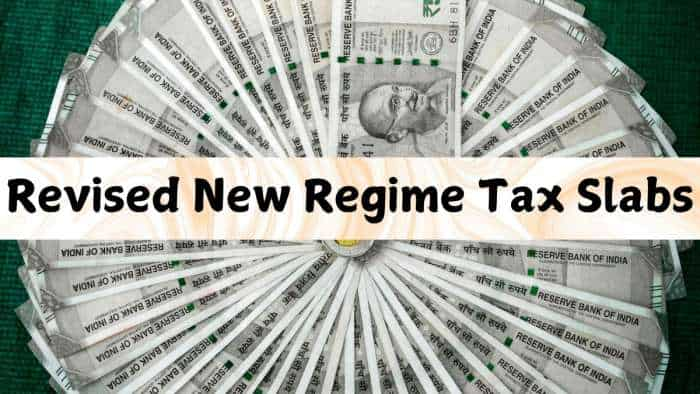
Revised Tax Slabs: Annual Income Rs 12,75,001? Will you be taxed on Re 1 or Rs 12,75,001? Know what CAs say

Retirement Planning through NPS: Want Rs 2,00,000 monthly pension from Rs 5,000 starting monthly contribution? Know how it can be achieved
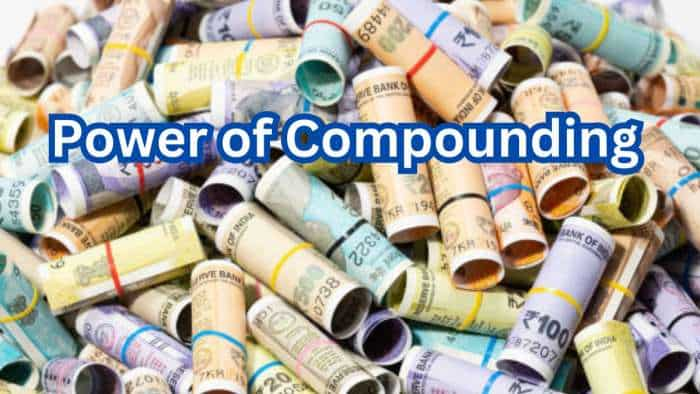
Power of Compounding: How soon can you build Rs 1.5 crore corpus with monthly investments of Rs 1,500, Rs 2,500, and Rs 3,500?
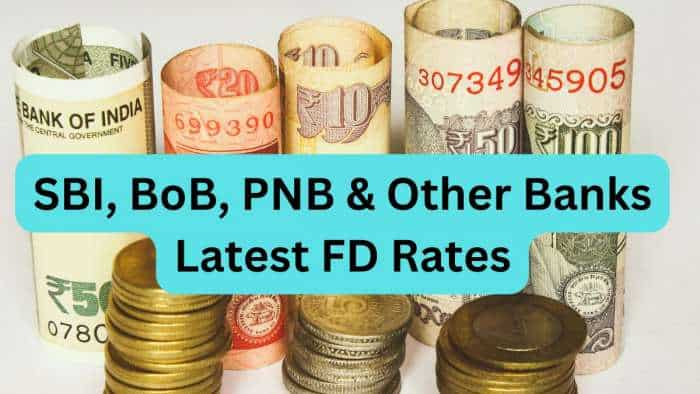
Highest FD Rates: This is what banks like SBI, BoB, PNB, Canara Bank, ICICI Bank and HDFC Bank are providing on Rs 2 lakh investment

Gratuity Calculator: What will be your gratuity on Rs 45,000 last-drawn basic salary and 6.5 years of service?
10:11 AM IST






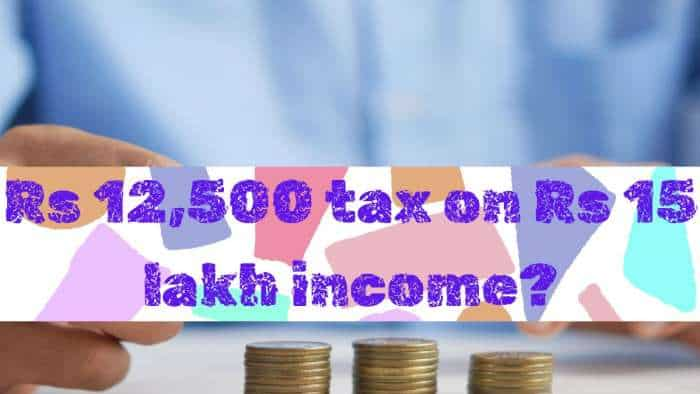


 Not concerned about rupee value, RBI managing volatility: Finance Secretary
Not concerned about rupee value, RBI managing volatility: Finance Secretary  RBI penalises Equitas Small Finance Bank, India Post Payments Bank
RBI penalises Equitas Small Finance Bank, India Post Payments Bank  RBI likely to go for steps to spur growth in February monetary policy review: Jefferies
RBI likely to go for steps to spur growth in February monetary policy review: Jefferies RBI may begin rate easing cycle with 25 bps cut, add durable liquidity: Morgan Stanley
RBI may begin rate easing cycle with 25 bps cut, add durable liquidity: Morgan Stanley RBI announces liquidity measures worth Rs 1.5 lakh crore
RBI announces liquidity measures worth Rs 1.5 lakh crore